Peri by Kastro Tireli
I've been digging through older tasting notes, trying to pull out wines from wineries I've neglected, and stumbled across notes for the Kastro Tireli Peri. Based in Akhısar in the drier area of Turkey's Aegean, Kastro Tireli has built a reputation as a high-quality red wine powerhouse. A well-deserved reputation at that. The award-winning wines include blends of both native and international grapes. It is also one of the few wineries in Turkey giving focus to Mourvedre; a grape that seems to really like the hot, semi-arid conditions of Akhısar. Yes, some of the wineries top tier wines might price in as a little rich for some. But happily,
Read More













